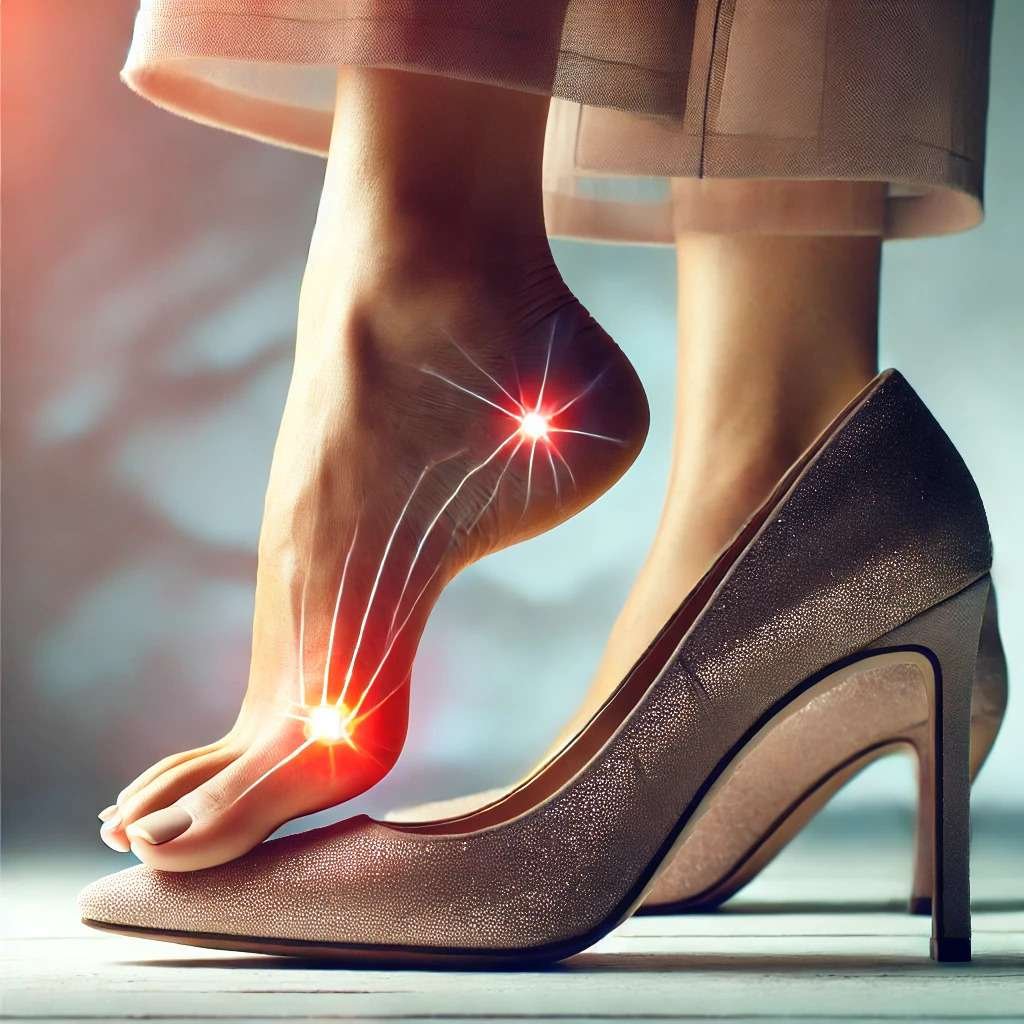Why Are Women’s Shoes So Painful?

Women’s shoes have long been a topic of debate when it comes to comfort. While they are often designed with aesthetics in mind, many styles cause significant discomfort. From high heels to ballet flats, a variety of factors contribute to foot pain. So why are women’s shoes so painful? Let’s break it down.
1. The Problem with High Heels
One of the biggest culprits of foot pain in women’s footwear is high heels. Though they add height and elegance, they also come with a cost:
- Uneven Weight Distribution: Heels shift body weight onto the balls of the feet, increasing pressure and leading to pain.
- Arch Strain: The higher the heel, the more the arch of the foot is strained, causing long-term issues like plantar fasciitis.
- Achilles Tendon Shortening: Wearing heels frequently can shorten the Achilles tendon, leading to discomfort when switching to flat shoes.
2. Narrow and Pointed-Toe Designs
Many women’s shoes, especially dress shoes, are designed with a narrow fit or pointed toe. This can cause:
- Toe Compression: The front of the shoe squeezes the toes together, leading to pain and potential deformities like bunions and hammertoes.
- Blisters and Corns: Tight spaces cause excessive friction, leading to painful blisters and hardened skin.
3. Lack of Support and Cushioning
Unlike many men’s shoes that prioritize comfort and support, women’s shoes often lack these essential features:
- Flat Soles: Some styles, like ballet flats and sandals, have little to no arch support, causing foot fatigue and pain.
- Thin Soles: Without proper shock absorption, walking on hard surfaces becomes uncomfortable and can contribute to joint pain.
- Minimal Padding: Many fashionable shoes don’t have enough cushioning, increasing strain on the feet.
4. Poor Fit and Sizing Issues
Many women unknowingly wear the wrong shoe size due to inconsistent sizing across brands. This can lead to:
- Chafing and Blisters: Shoes that are too tight or too loose can cause friction and painful sores.
- Foot Deformities Over Time: Wearing ill-fitting shoes can gradually lead to bunions, corns, and even posture problems.
5. Materials That Don’t Prioritize Comfort
Fashionable shoes are often made from rigid or synthetic materials that don’t allow natural foot movement. This leads to:
- Restricted Flexibility: Hard materials limit how the foot bends while walking, causing discomfort.
- Increased Sweating and Odor: Synthetic materials can trap heat and moisture, making shoes uncomfortable to wear for long periods.
How to Make Women’s Shoes More Comfortable
While women’s shoes aren’t always designed for comfort, there are ways to minimize pain:
- Choose Wider Toe Boxes: Opt for shoes that allow your toes to spread naturally.
- Use Insoles and Arch Support: Adding cushioned inserts can improve comfort significantly.
- Limit High Heel Wear: If you must wear heels, go for lower and chunkier heels to reduce strain.
- Buy the Right Size: Measure your feet regularly and choose brands that offer half sizes or wider fits.
- Opt for Soft, Flexible Materials: Leather and breathable fabrics provide better comfort than stiff, synthetic options.
Conclusion
While stylish shoes can enhance an outfit, they shouldn’t come at the cost of foot pain. By understanding what makes women’s shoes uncomfortable and choosing better options, you can prioritize both fashion and comfort. After all, no one should have to suffer for style!










